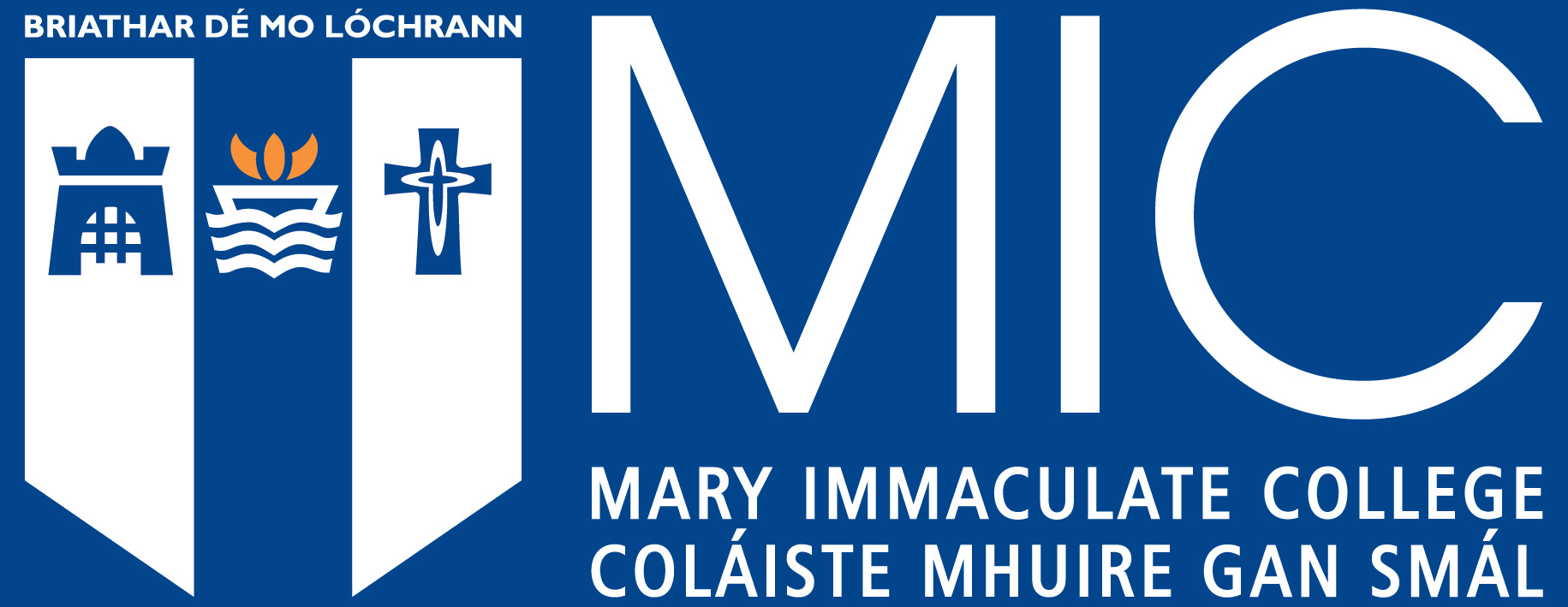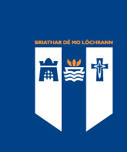Ancient objects with modern meanings: museums, volunteers, and the Anglo-Saxon `Staffordshire Hoard' as a marker of 21st-century regional identity (pre-print version)
Citation
Scully, M.D. and Capper, M.D.T., 2016. Ancient objects with modern meanings: museums, volunteers, and the Anglo-Saxon `Staffordshire Hoard' as a marker of 21st-century regional identity. Ethnic and Racial Studies, 39 (2), pp.181-203. DOI: 10.1080/01419870.2016.1105996

View/
Date
2016Author
Scully, Marc
Capper, Morn D.T.
Peer Reviewed
YesMetadata
Show full item record
Scully, M.D. and Capper, M.D.T., 2016. Ancient objects with modern meanings: museums, volunteers, and the Anglo-Saxon `Staffordshire Hoard' as a marker of 21st-century regional identity. Ethnic and Racial Studies, 39 (2), pp.181-203. DOI: 10.1080/01419870.2016.1105996
Abstract
The Staffordshire Hoard is the largest Anglo-Saxon gold hoard ever found. On display from soon after its discovery in 2009 during fundraising to secure it for the region, the Hoard has become a source of local pride in Staffordshire, receiving over a million
visitors. This article explores the Hoard as a marker of identity, both in the past and in the present and evaluates how the ‘treasure process’, museums and museum volunteers are shaping public identification with the Anglo-Saxon past of the Mercian kingdom. Drawing on focus group data, we argue that aspects of the naming and display of the Hoard have encouraged its inclusion in existing narratives of belonging and ‘authenticity’ in Staffordshire. Such archaeological discoveries have the potential to provide points of continuity between the post-industrial present and the distant past, and stimulate a reconsideration of the present status of the region in contemporary cultural and political discourse.
Keywords
Staffordshire HoardMaterial culture
Anglo-Saxon Archaeology
Regional identity
Museum volunteers
Heritage

